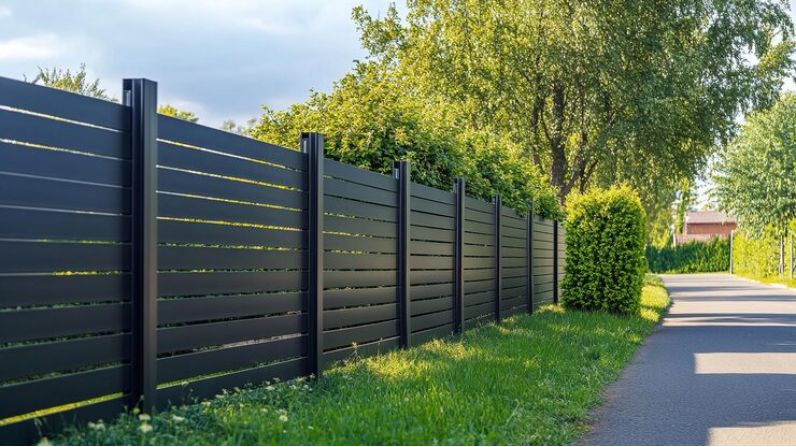Looking to refresh your garden boundary or boost your home’s privacy?
The right fence does more than just define edges. It shapes the entire look and feel of your outdoor space. It can improve security, block wind, reduce noise, and even settle neighbourly disputes before they start.
Whether you’re planning fencing in St Albans or elsewhere in Hertfordshire, selecting the right type starts with knowing your options. Let us break it down clearly, so you can match your fence to your needs with confidence.
Fencing Types and Their Best Uses
Not all fences serve the same purpose. Some suit privacy, while others favour looks or airflow. Here’s how the main types differ:
- Closeboard (Featheredge) Fencing
Strong and reliable. Great for privacy and durability. Ideal for family homes and high-wind areas. - Overlap Panel Fencing
Budget-friendly and fast to install. Suits basic boundary marking but may not handle strong winds well. - Picket (Palisade) Fencing
Perfect for front gardens. Provides visibility with a neat, traditional look. - Trellis Fencing
Adds style and supports climbing plants. Best used as a decorative top or divider. - Slatted or Venetian Fencing
Offers modern appeal and partial privacy. Allows filtered light through horizontal slats.
Key Factors to Consider Before You Choose
The best fencing choice depends on more than just appearance. Consider how you use your garden and what you expect from the boundary. Consider the following:
- Privacy: Do you want full coverage or open views?
- Wind Exposure: Is your garden exposed to strong gusts?
- Security: Do you need to keep pets or children safe?
- Maintenance: Are you willing to paint or treat it regularly?
- Light Access: Will tall fencing block sunlight from plants?
Many homeowners looking for fencing in Luton opt for closeboard fencing for its strength and low maintenance.
Legal Boundaries and Neighbour Considerations
Before building, always check where your legal boundary lies. You should also speak to neighbours if the fence affects a shared line.
Here’s what to keep in mind:
- Fences on your property are your responsibility.
- Boundary lines often appear on title deeds or property plans.
- If the fence replaces a shared structure, agree on costs beforehand.
- The legal height limit without planning permission is 2 metres (or 1 metre next to a highway).
Maintenance and Long-Term Value
Fencing can last for years with the right care. Material choice, weather exposure, and installation quality all affect lifespan. Those planning fencing in Harlow often choose treated timber panels for their balance of quality and cost. To maximise value:
- Use pressure-treated wood to resist rot and insects.
- Add gravel boards to prevent ground contact.
- Apply wood stain or paint annually.
- Check for damage after storms or frost.
Aesthetic Options and Custom Features
Your fence also plays a design role. It frames your garden and adds to kerb appeal. Choose features that reflect your style and space. Customisation ideas:
- Colour-matched finishes to suit your home.
- Decorative trellis tops for added height and style.
- Timber paired with concrete posts for durability.
The best fence fits your garden’s layout, your lifestyle, and your long-term plans. If you’re exploring options for fencing in St Albans, take time to weigh your needs and compare what fits best. For professional advice, tailored installations, and dependable service, get in touch with Isaward Fencing. We are a trusted name for fencing all across Hertfordshire.

